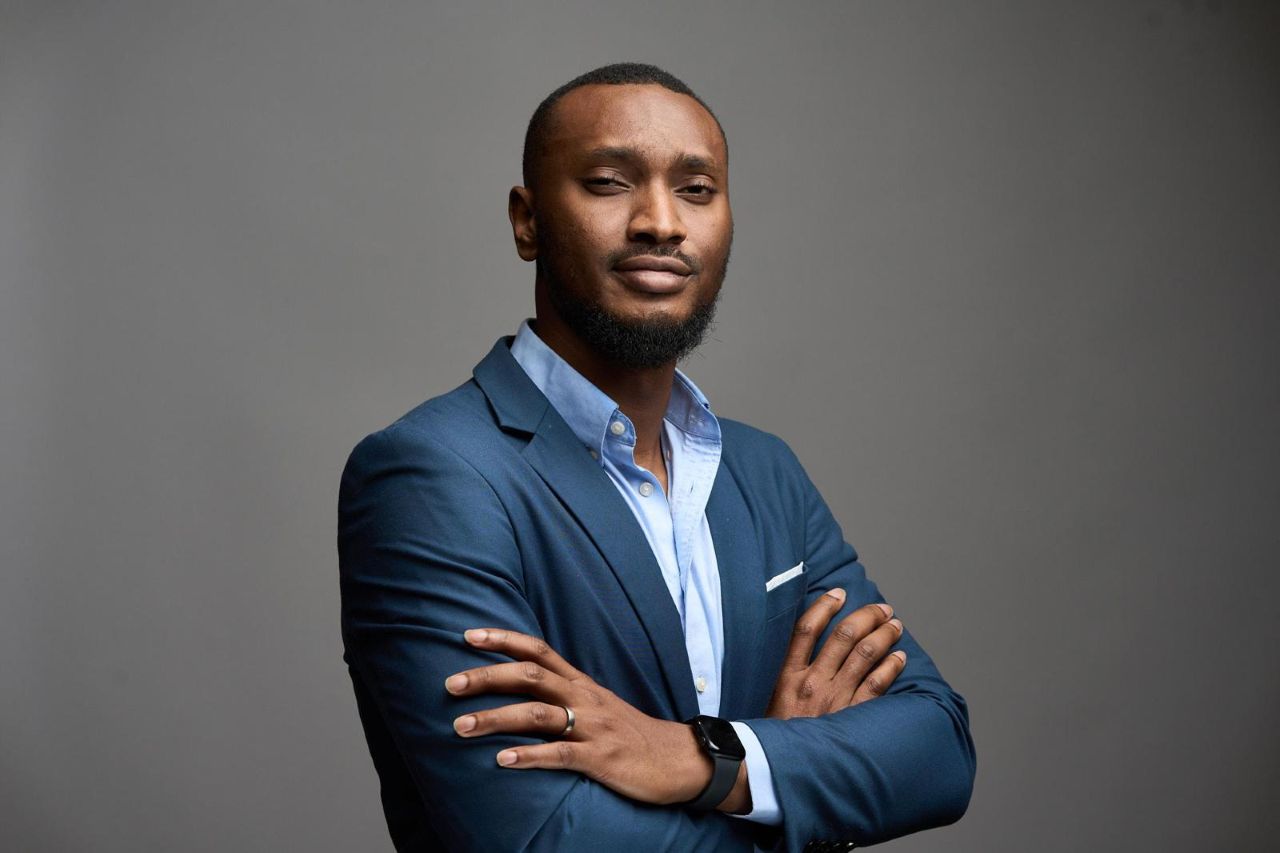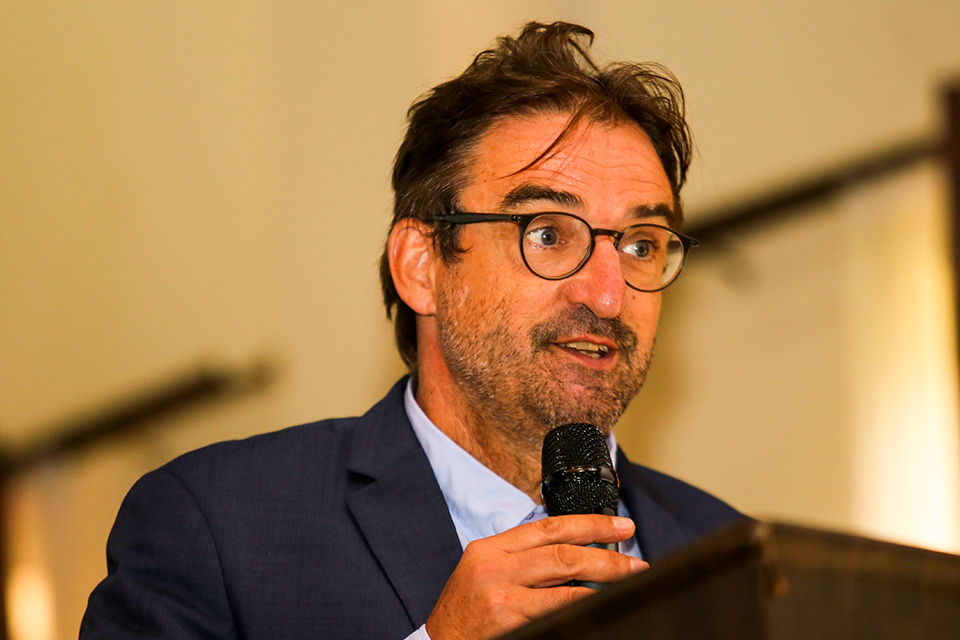Opemipo Olawale Adeniyi is one of Africa’s most recognisable young product leaders. From founding Naija News, now one of Nigeria’s most-read independent digital news platforms, to leading product and growth at Afrilearn, an education technology platform used by millions, his work has shaped the digital landscape in both media and education. In this interview he shared lessons on product management, growth without budgets, and the role of African innovators in shaping the global digital economy.
You’ve worked across digital media and education technology. How did this journey into product management begin?
Honestly, I stumbled into it. In 2016, I started Naija News. I wasn’t thinking “product management” at the time. I just knew Nigerians were frustrated. They wanted fast, reliable, and unbiased news, and existing outlets weren’t delivering.
We started with almost nothing a blog and a commitment to credibility. But as we scaled, I realised I was making product decisions every day: what features readers wanted, how to deliver headlines faster, which languages to support. We added Hausa content because millions of Nigerians weren’t being served. We built push notification systems because people wanted instant updates, not delays.
By the time we hit 28 million readers annually and 3 million daily subscribers, I realised what I was really doing was product management. I was solving problems at scale using technology. That’s how it began.
A lot of people confuse product management with project management. How do you explain the difference?
That’s a good question. A project manager makes sure a task gets done. A product manager makes sure the right task is done, and that it actually changes something for the user.
Projects have start and end dates. Products live and die by whether they deliver real value. My role is to ask: is this worth building, will it solve pain, and will people keep using it? If the answer is no, then no amount of project delivery matters.
Moving into Afrilearn must have been a big leap. What problem were you trying to solve there?
The education gap in Africa is massive. Millions of children lack access to affordable, quality learning resources. Even where content exists, it’s often boring, expensive, or fragmented.
When I joined Afrilearn as Head of Product, my job was to fix that. We built the Afrilearn mobile app, an all-in-one platform with notes, video lessons, gamified quizzes, AI homework help, and progress reports. I led the product vision, set the roadmap, and worked with engineering and design teams using Jira and Figma to make sure the product matched user needs.
The results spoke for themselves: 3.2 million learners across 8 countries, 500,000+ quizzes completed, and 82% week-4 retention. In education technology, those numbers are rare. But they happened because we listened to users and turned their pain points into features that stick
Growth is something most startups struggle with. How have you approached growth without massive budgets?
Growth budgets are a luxury. Most startups don’t have them. So you learn quickly: the product itself has to drive growth.
At Naija News, we had no marketing budget. Zero. Instead, we built shareability into the product push notifications, social sharing, and multilingual content. People spread it because it was valuable to them.
At Afrilearn, growth came from solving pain points in a way that naturally attracted users. We added offline access to cut data costs, and parents spread the word. We added dashboards so parents could track progress, and suddenly they became our biggest evangelists.
The lesson is simple: if you solve pain so well that people brag about it, you don’t need ads.
Many young product managers ask about tools. What tools really matter in your day-to-day?
Tools are important, but they don’t replace empathy. That said, I rely heavily on: one, Jira for sprint planning and roadmaps. Two, Figma for user flows and design, and finally, Firebase for analytics and retention tracking.
These tools keep the team aligned. But let me stress no tool can replace talking to users. Firebase can tell you churn is 30%. Only a conversation will tell you why. A great product manager balances both: hard data and human insight.
What’s one mistake you see product managers make often?
Building for themselves instead of their users. I’ve seen teams spend months building “cool” features nobody asked for. And then they’re shocked when usage flatlines. The harsh truth is: users don’t care how smart you are. They care if you make their lives easier.
The best features I’ve ever launched, Learn & Earn at Afrilearn, Hausa content at Naija News, didn’t come from my imagination. They came from listening to users and acting on their pain.
You also worked on Afrilearn’s School Management System. Can you share a bit about that?
Yes. As Afrilearn grew, schools started telling us their biggest struggles weren’t just with teaching but with administration. Teachers were wasting hours daily on manual tasks. Schools were losing millions in unpaid fees because there was no system to track them.
We built the Afrilearn School Management System (SMS) to solve that. It automated attendance, grading, billing, and communication. Within a year, over 750 schools adopted it. Teachers saved two hours daily, and schools reported a 40% increase in fee recovery. Some schools literally recovered millions in their first term.
Again, that’s the essence of product management: listen, translate pain into features, and deliver measurable impact.
How do you see the role of African product managers in the global digital economy?
I believe African product managers bring a unique advantage: we innovate with constraints. We don’t always have huge budgets, or perfect infrastructure. We learn to make products that work offline, that compress data, that scale despite low resources.
That kind of thinking is valuable globally. As the world focuses more on AI, big data, and inclusive digital solutions, African innovators can contribute models that are lean, practical, and scalable.
I see my role as not just building products here but also connecting with global ecosystems, sharing what works, and mentoring the next generation of product leaders.
Finally, what advice would you give to aspiring product managers who want to build impact?
Start with problems, not features. Spend more time listening than building. Test small and measure retention, not downloads. Build partnerships instead of only chasing ads.
And most importantly, remember: product management is not about looking smart in meetings. It’s about making people’s lives better. If you focus on that, everything else growth, recognition, funding follows naturally.






